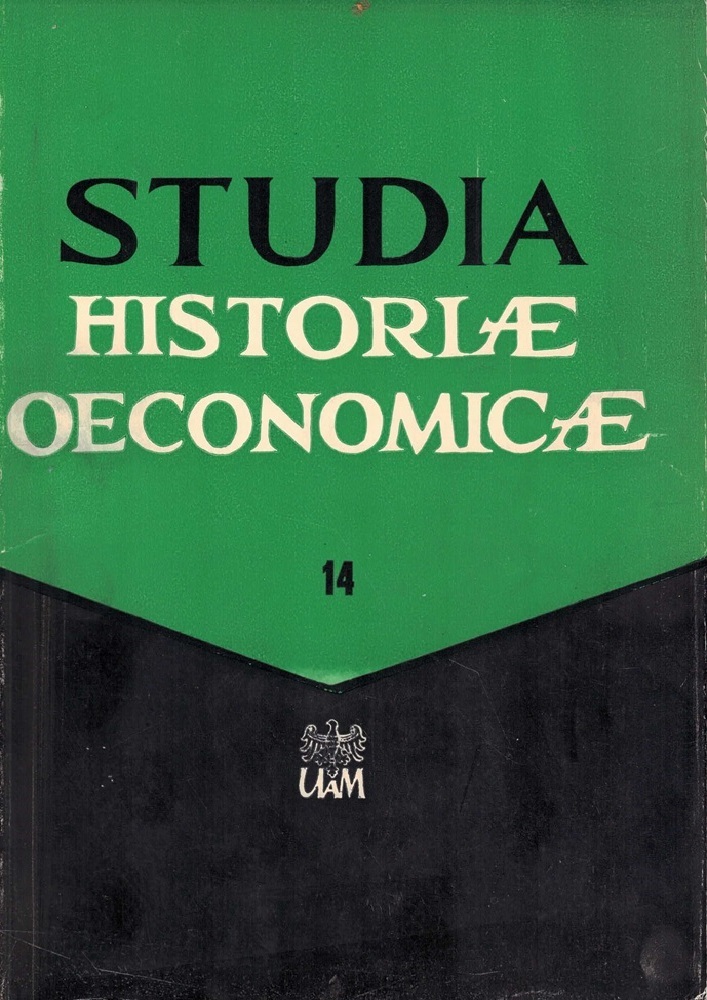Abstract
This article analyzes acts of sabotage within the German armaments industry on Polish territory during the Nazi occupation in World War II (1939–1945). Prior to the war, Poland possessed a modern industrial potential, particularly in the field of arms production. After the occupation, a significant part of this industry was subordinated to the needs of the German Wehrmacht and integrated into the Third Reich’s war economy.
The aim of the study is to examine the scope, forms, and effectiveness of industrial sabotage carried out by the Polish resistance movement. The research is based on extensive archival materials, reports from German armaments inspectorates, Wehrmacht documentation, and records from Polish underground organizations—especially the Armia Krajowa (Home Army).
The study shows that sabotage was a widespread and systematic form of resistance, conducted both spontaneously and in an organized fashion. Key forms included: work slowdowns (“Operation Tortoise”), intentional waste of materials, production of defective parts, damage to machinery, and illegal use of raw materials. Sabotage actions led to significant production losses—for example, the defect rate in certain munitions factories reached up to 25%, and manufacturing processes in Poland required considerably more time and resources than in Germany.
Between 1943 and 1944, thousands of sabotage incidents were documented, including partisan attacks on industrial facilities. In addition, the underground movement clandestinely produced weapons and explosives. Despite brutal repression, these actions demonstrably affected the Wehrmacht’s operational capacity.
These sabotage efforts not only weakened the German war potential, but also represented a powerful form of civil resistance and an integral part of Poland’s national struggle for liberation.
References
AWIH - Archiwum Wojskowe Instytutu Historycznego - Geschichte Rüln GG, T-77, r. 022; T-77, r. 619; T-77, r. 630; T-77, r. 633.
AWIH - Archiwum Wojskowe Instytutu Historycznego - Instrukcje działania małych jednostek – sabotaż przemysłowy, III/28/3.
AWIH - Archiwum Wojskowe Instytutu Historycznego - Lagebericht über Sabotage im I. Viertel 1942, T-311, r. 100.
AWIH - Archiwum Wojskowe Instytutu Historycznego - Laut den Berichten WK GG für die Zeit von August 1942 bis Dezember 1944, T-501, r. 217, 218.
AWIH - Archiwum Wojskowe Instytutu Historycznego - Sprawozdanie przemysłowe Wydziału A[municji] – „Białecki”. August 1943, III/28/6.
AWIH - Archiwum Wojskowe Instytutu Historycznego - Thomas, G. (no date) Geschichte der deutschen Wehr- und Rustungswirtschaft 1918–1943, T-77, r. 556, 635.
AWIH - Archiwum Wojskowe Instytutu Historycznego - Verluste in Oberschlesien durch den Versailler Vertrag 1919.
Tokarski, J. (ed.) (1973) Armia Krajowa w dokumentach 1939–1945. Vol. 2: Czerwiec 1941–kwiecień 1943. Londyn: Studium Polski Podziemnej.
Greczko, A.A. (ed.) (1977) Historia Drugiej Wojny Światowej. Vol. II: W przededniu wojny. Translated by Czarnogórski, C., Marciniszyn, P. and Wiśniewski, E. Warszawa: MON.
Jastrzębowski, W. (1946) Gospodarka niemiecka w Polsce 1939–1944. Warszawa: Spółdzielnia Wydawnicza Czytelnik.
Komisja Historyczna Polskiego Sztabu Głównego w Londynie (ed.) (1950) Armia Krajowa. Series Polskie Siły Zbrojne w drugiej wojnie światowej, 3. Londyn: Instytut Historyczny im. gen. Sikorskiego.
License
Copyright (c) 1979 Piotr Matusak
This work is licensed under a Creative Commons Attribution-ShareAlike 4.0 International License.





